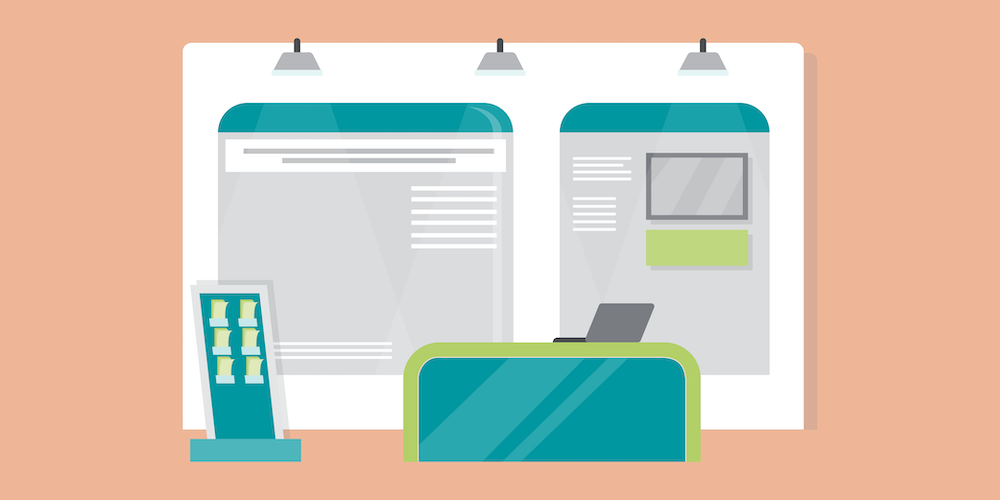Maximize Your Life Science Trade Show
By David Chapin
We’re at the CED Life Science Conference 2013 today and tomorrow, which brings to mind two of our past newsletters that focused on maximizing the life science trade show experience.
I attended a show with a client last year and had the chance to visit a few booths. I couldn’t believe what I found. The reps I spoke with were cordial but launched into their sales pitches before even introducing themselves or asking my name. None asked me about my business interests, needs, or challenges. Had I been in the market for their products or services, I would quickly have looked elsewhere.
The Center for Exhibition Research Industry (CEIR) reports that the trade show industry is continuing slow but consistent growth since its plummet in 2009. General financial uncertainty — particularly surrounding the fiscal cliff – still has trade show planners feeling wary. So today’s trade show attendees are more likely than ever to be interested in your services.
Consider this: Why do people attend shows? The answer is fundamental: To connect. As innovative as it is, technology communications can’t replace the value of a handshake and a face-to-face discussion.
As a life science professional, your role is basic: tell the customer who you are and what you do in a very short amount of time. If you’re a trained scientist, it may not be that easy, since yours is a discipline that values complete explanation. (Read more about that separate story!) Maximizing the life science trade show experience is a process that starts long before you hit the floor and continues well after you’ve left. Set goals for what you want to accomplish by attending, and which shows fit best into your marketing strategy. Simplify your booth design to make it compelling, keep it open and inviting to your audience, and don’t wait for them to come to you. Arrive early and stay late. Follow up with the people you meet.
Life science exhibitors need to capitalize on this often rare, in-person opportunity to connect with customers and prospects. Read more about how to do it.


